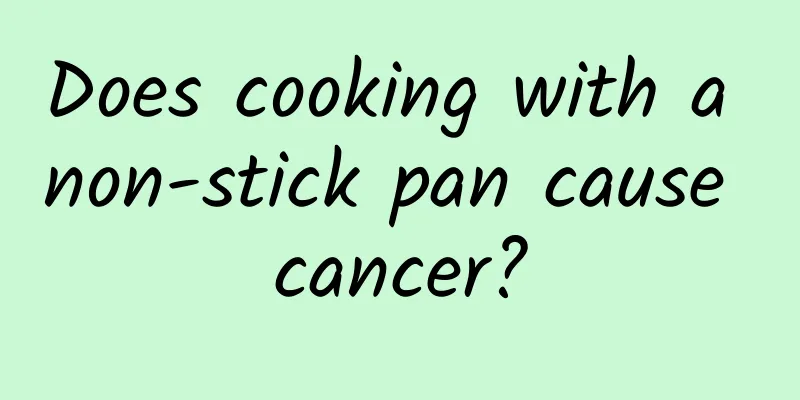"Ten minutes of viral storm" - a tracheal intubation for COVID-19

|
This is the 2708th article of Da Yi Xiao Hu The new coronavirus that appeared in 2019 is a new strain of coronavirus that has never been found in humans. It mainly affects human lung tissue. Common symptoms of patients with new coronary pneumonia include fever, fatigue, cough, shortness of breath, respiratory tract infection, etc. Severe patients may experience difficulty breathing, acute respiratory distress syndrome and multiple organ failure. Maintaining the patient's lung function and blood oxygen saturation (SaO2) has become a basic treatment method. How to actively provide effective oxygen therapy to patients with COVID-19? Oxygen inhalation through nasal cannula and oxygen administration through mask can improve the symptoms of patients with mild symptoms; high-flow nasal oxygen therapy, non-invasive or invasive mechanical ventilation (endotracheal intubation), lung recruitment and extracorporeal membrane oxygenation (commonly known as ECMO) are used to save the lives of critically ill patients. Among the many oxygen therapy methods, endotracheal intubation and ventilator support therapy is the most effective method. Invasive mechanical ventilation is the most important "lifeline" for critically ill patients, and suspected or mild patients may also need endotracheal intubation due to ventilation and surgery. Tracheal intubation is an essential skill for anesthesiologists in their daily work. Whether it is general anesthesia intubation to control the airway or emergency intubation to establish the airway, anesthesiologists can handle it easily. However, why is it described as a near-suicide act in the treatment of critically ill patients in the COVID-19 pandemic, which is the most common operation for anesthesiologists to repeat several times a day? Why are anesthesiologists who perform tracheal intubation treatment on patients called "intubation death squads"? This is because anesthesiologists who perform intubation must face a high-risk occupational exposure of direct contact with the patient's respiratory secretions. At present, the main known modes of transmission of the new coronavirus are contact and droplet transmission. The saliva, respiratory secretions or droplets of virus-infected people are released from the mouth and nose through coughing, sneezing, talking and singing. Contact within one meter of an infected person is called "close contact", which is highly infectious and extremely dangerous; another type of droplet transmission is aerosol, which is also produced by the gas released by the virus through the mouth and nose. Domestic analysis has found that 78%-85% of the new coronavirus episodes of infection come from droplets and close contact. During the tracheal intubation operation, the anesthesiologist needs to get very close to the patient's face, open the mouth with a laryngoscope, find the glottis, insert the tracheal tube into the airway, then pull out the tracheal tube core, inflate the air bag on the tracheal tube wall and fix the tube. During general anesthesia for surgery, patients will be given sedatives, analgesics, muscle relaxants and other drugs before intubation to reduce the choking and discomfort of patients during intubation and complete the intubation smoothly. Conventional calm anesthesia intubation takes 30-60 seconds; emergency intubation and choking require 3-5 minutes of operation time; difficult airway intubation with poor intubation conditions and sedation intubation without muscle relaxation require longer time. When facing patients with COVID-19 who are anxious due to pain and panic, anesthesiologists who intubate in full isolation equipment are not only limited in vision and operation movements, but also prolong the intubation operation time due to the patient's choking. Even when giving patients drugs to calm the intubation, every anesthesiologist will feel the airflow from the mouth and respiratory tract when looking for the glottis; if the patient chokes, the glottis closes quickly and briefly, and the expiratory muscles contract rapidly, causing the chest, lung and abdominal pressure to increase sharply, and then the glottis suddenly opens, and the gas rushes out of the lungs to expel foreign matter or secretions in the respiratory tract. When you cough and inhale, you inhale five times more air than when you breathe normally, and the lung pressure increases 20 times. The air flow speed when you cough can reach 160.09 km per hour, which is equivalent to the speed of a high-speed rail. It can reach up to 8 meters and produce small droplets that can stay in the room for 10 minutes. Studies have found that each cough produces 3,000 droplets and an airflow containing nearly 20,000 virus particles. A sufficient amount of virus will make it difficult for immune people to escape the fate of being infected. Therefore, during each tracheal intubation for COVID-19, anesthesiologists must wear protective clothing and actively face a high-concentration "virus particle storm" of more than 2,000,000 particles for about 10 minutes. Any mistake will lead to infection. This is a huge test for doctors, both technically and psychologically. It is thanks to their fearless charge and the selfless efforts of countless medical workers on the front line that the mortality rate of severe COVID-19 patients in my country has been controlled at 22%, far lower than the world level of 50%. Salute to the heroes of this era who are marching forward against the tide! Author: Zhang Nu, Master, attending physician, graduated from Southeast University Medical School, currently working at Minhang Hospital Affiliated to Fudan University Assistant to the Director of the Anesthesiology Department, Scientific Research Officer, and Secretary of the Anesthesia Quality Control Group of Minhang District, Shanghai. |
<<: Slim limbs but fat belly? This time I found the reason!
Recommend
What fruits to eat during breastfeeding
Insufficient milk during breastfeeding is a commo...
Can breast nodules be massaged?
Breast nodules in women are a very common disease...
What is chicken breast? The protein content of chicken breast
Chicken breast is the soul ingredient of the Kung...
What is the sound of a broken tire bearing? How to distinguish between abnormal tire noise and abnormal bearing noise?
The normal and fast driving of a car is inseparab...
Can women get sterilized?
When we hear the word sterilization, we usually t...
Fourteen reasons for female sexual frigidity you need to know!
There are many reasons for female sexual apathy. ...
Menstrual Cycle Calculator
The menstrual cycle calculation method is a syste...
Why does water spinach turn black after being fried? How to prevent water spinach from turning black after being fried
We all know that water spinach is a common vegeta...
Is it normal to have chest pain before your period?
The menstrual period is a unique physiological st...
Gout, pain when covering with paper, three doses of one prescription will gradually cure
Gout, pain when covered with paper, a prescriptio...
Can I eat peaches when I'm pregnant?
In summer and autumn, peaches begin to slowly ent...
What are the symptoms of typical hydatidiform mole?
Hydatidiform mole is a common disease among women...
How big does the follicle need to be to make pregnancy easy?
Pregnancy is the happiest thing for a couple, bec...
Having trouble breathing and dry cough, but can’t find the cause? Learn more about this disease!
Author: Fang Baomin, Chief Physician, Beijing Hos...
Is the probability of pregnancy high during ovulation?
Nowadays, there are more and more friends around ...









